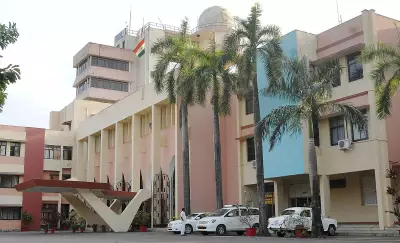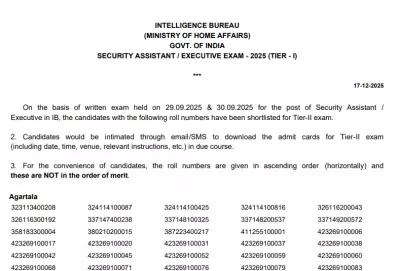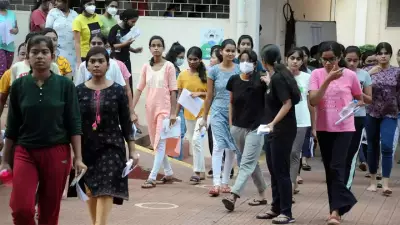
In a groundbreaking initiative that could set benchmarks for educational institutions nationwide, Assam has launched one of India's most extensive school safety programs. The massive drill involved an incredible 700,000 students across 2,000 schools, putting their emergency response capabilities to the ultimate test.
Preparing the Next Generation for Emergencies
The comprehensive safety exercise focused on two of the most critical threats facing the region: earthquakes and fire outbreaks. Students from primary to higher secondary levels participated in realistic scenarios designed to assess their readiness and response mechanisms during actual emergencies.
Why This Drill Matters for Assam
Assam falls in seismic Zone V, making it one of India's most earthquake-vulnerable regions. Combined with fire hazards that can emerge in educational settings, the need for such preparedness exercises becomes not just important but essential for student safety.
Key Components of the Safety Assessment
- Evacuation Procedures: Testing how quickly and efficiently students can exit buildings during emergencies
- Emergency Response Knowledge: Assessing students' understanding of basic safety protocols
- Practical Application: Moving beyond theoretical knowledge to hands-on emergency handling
- Infrastructure Evaluation: Identifying gaps in school safety infrastructure and systems
The scale of this initiative marks a significant step forward in institutionalizing safety consciousness among young learners. By embedding disaster preparedness into the educational experience, Assam is creating a generation that's not just academically equipped but also life-ready when facing emergencies.
This proactive approach to student safety demonstrates how state governments can play a crucial role in building resilient communities, starting from the classroom. The lessons learned from this massive exercise will likely inform safety protocols in educational institutions across other seismic-prone regions of India.





